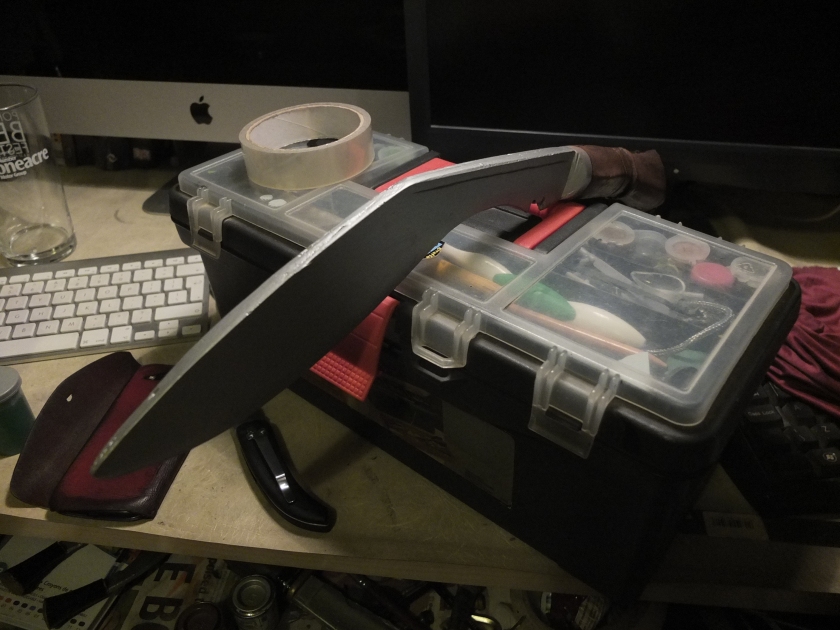Most of this work I did a little while ago, a friend asked me to fit their wooden original furniture to their airsoft G3. This work was a lot of small, fine adjustments so I didn’t really photograph the process. You can however enjoy the end result!
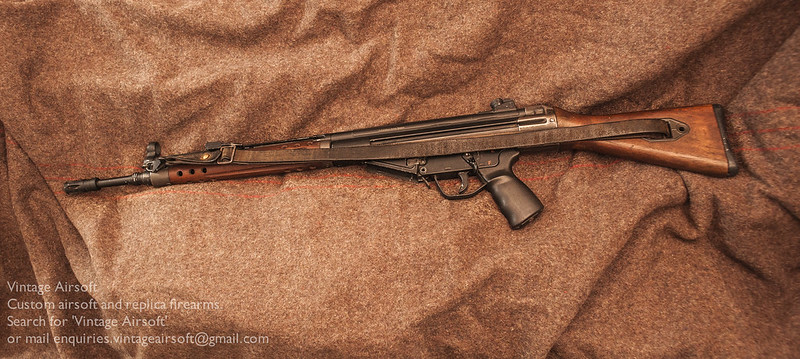
On the other side. If you look closely you can see that the thread for the front sling mount has been replaced with a steel nut as it had stripped out (threads in aluminium don’t last that well).

A closer view at the buttstock end. Although the receiver shape is about right, it needed thinning out in a few places to fit the stock.
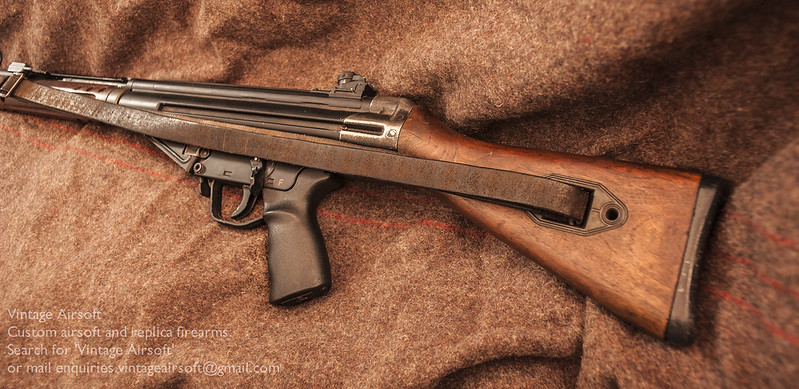
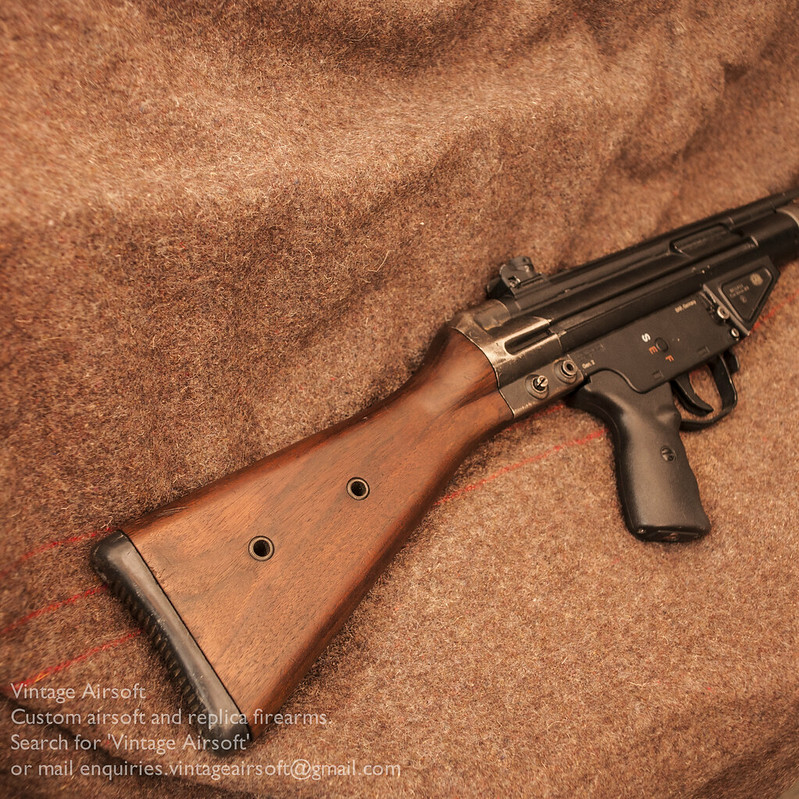
I added a real steel magazine catch, the AEG one was aluminium and quite fragile in my opinion. This steel one needed a collar machining so that the parts would move smoothly in the AEG trigger group.
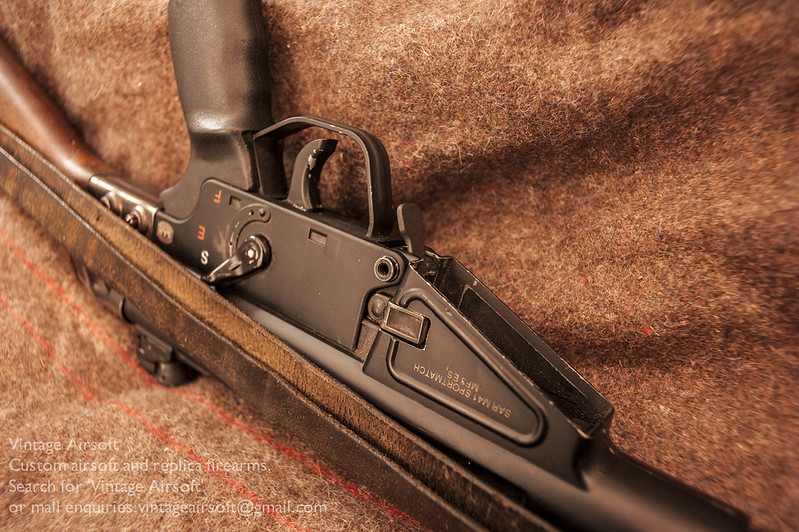
A closer look at the fore-end. Fitting the hand guard was mainly shaving away material at the top to fit around the barrel support.

The buttstock is already hollow, to reduce weight I would imagine. This has the added bonus of allowing you to fit a LiPo battery inside. The cable runs from the gun, through the hole which the support column uses on the real thing (you may also be able to drill through this if you want to keep it).

Now, the bayonet; a rifle really isn’t complete without one. This is cast from an original in hard rubber.

The gas plug needs drilling out to take the stem that locks the bayonet in place on this AEG.
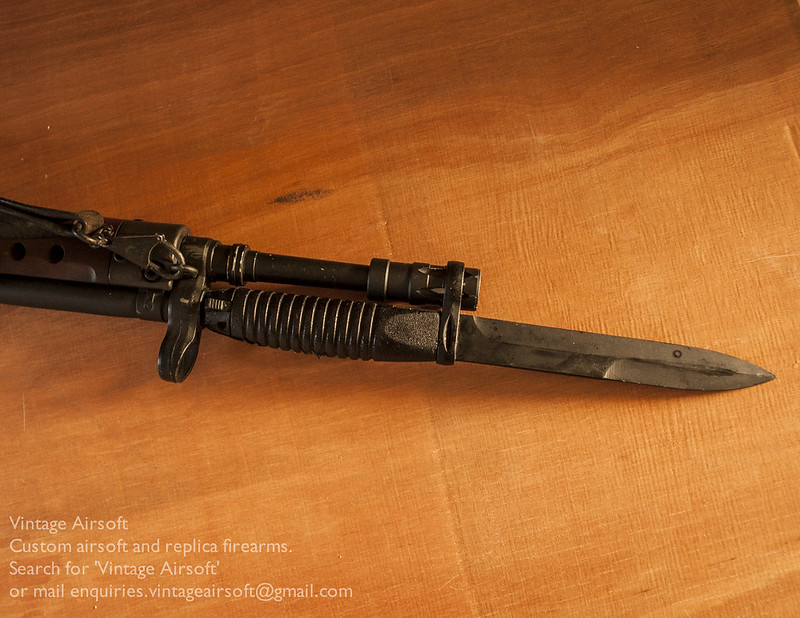
Unusually, the G3 bayonet sits above the barrel, just ahead of the foresight. On a rifle of this format I can see this providing better leverage for twisting out of a body. Not that this concerns us with airsoft/re-enacting of course…
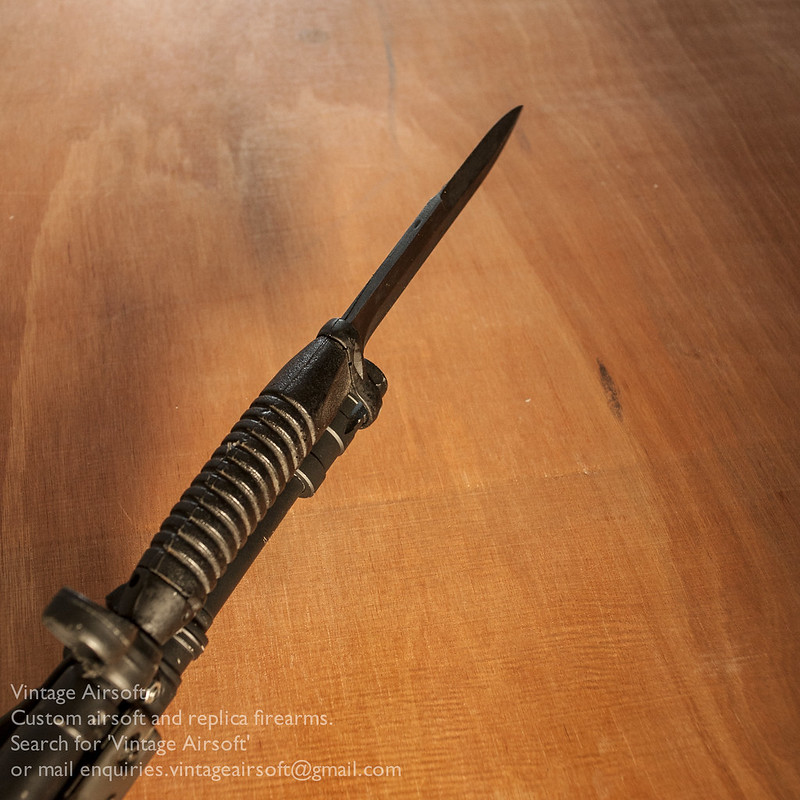
This photo has been taken with the rifle at a slight angle to show the natural flex of the bayonet blade.
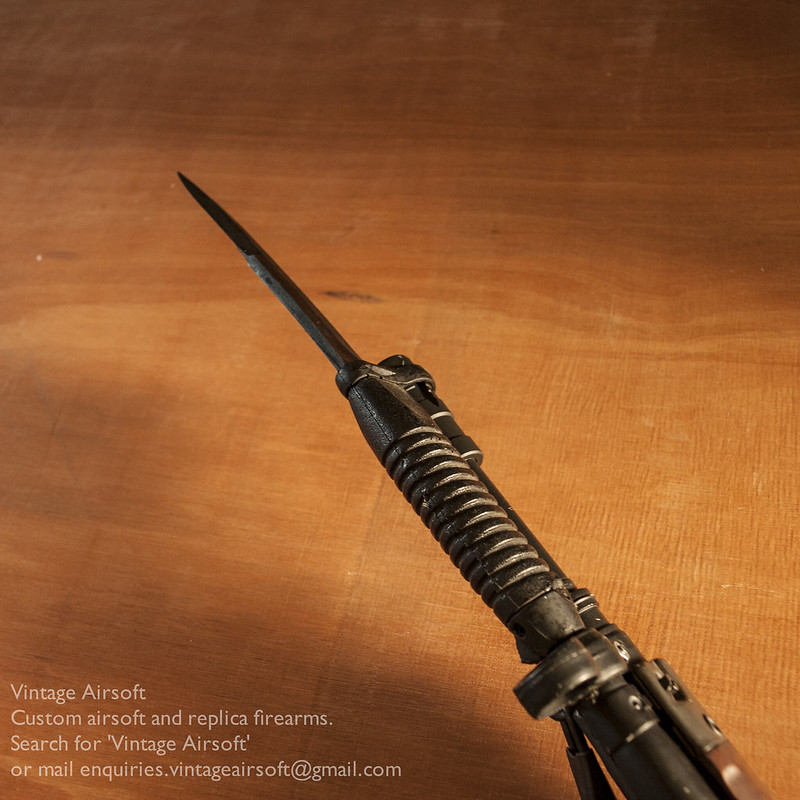
If you like this build you can see other complete projects here. If you have an idea of your own, drop us a line on enquiries.vintageairsoft@gmail.com to discuss. ‘Like’ our Facebook page or follow the blog to get regular updates on projects and interesting videos and articles.
Don’t forget you can buy our smaller items via Etsy. including this G3 bayonet. Our larger items can be found here.


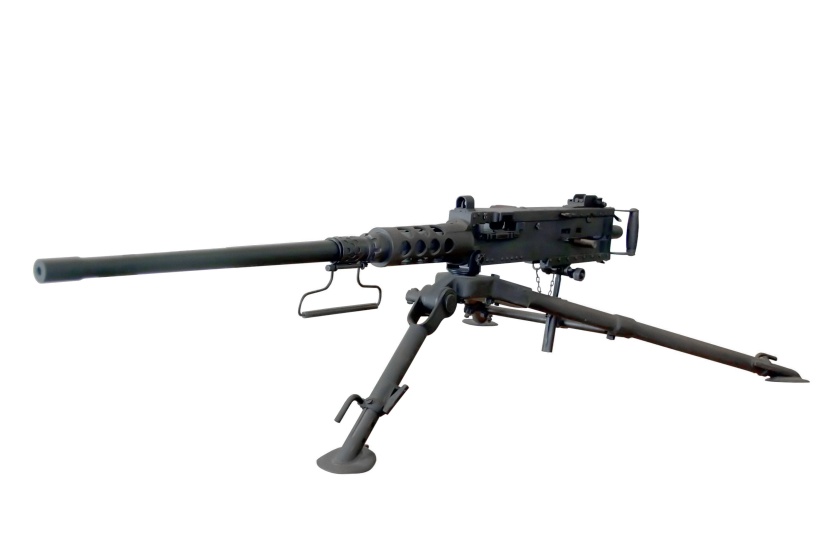

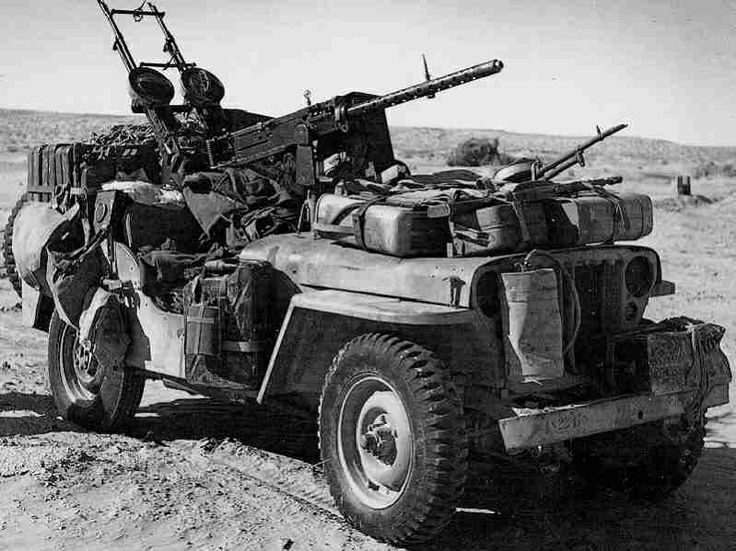















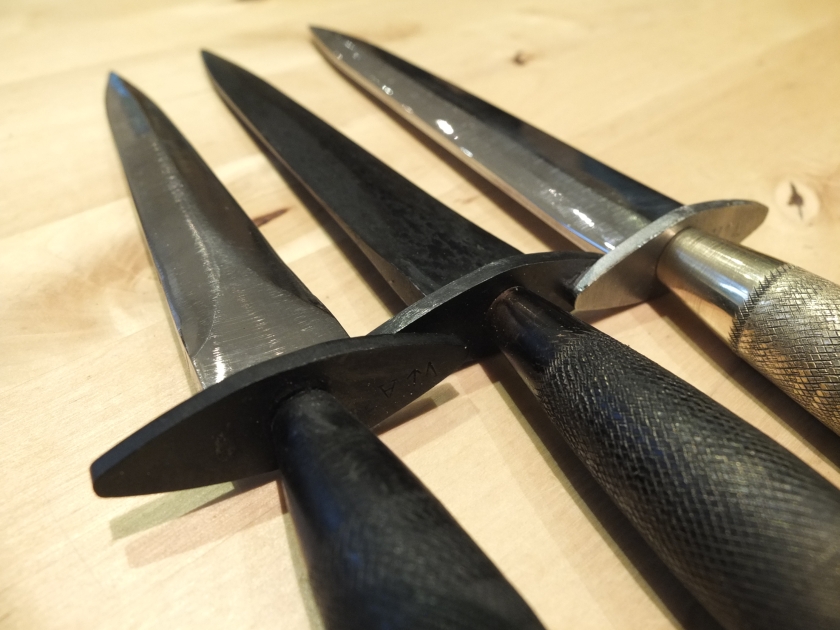






 Original resin model bottom, foam above.
Original resin model bottom, foam above.







